Content:
Many gardeners dream of growing a good harvest of apricots, but this does not always work out. Poor fruiting culture is often associated with errors in care. Even a tree that once had a good harvest can become “sterile”. Why does the apricot not bear fruit, what to do when the plant does not bloom well or is a barren flower? This will be discussed further.
Apricot care: general rules
For two years after planting apricot seedlings, the near-stem area should be constantly loosened and mulched. Weeds are cleaned regularly. They loosen the earth to a depth of 6-8 cm, because if you drip deeper, you can touch the root system.
Organic and phosphorus-potassium fertilizers are usually not applied to the soil until the beginning of fruiting.
As soon as the apricot tree begins to bear fruit, the following fertilizer composition will need to be applied to the soil annually:
- Ammonium nitrate - 30 g.
- Superphosphate - 8 g.
- Potassium salt - 20 g.
The calculation is done for 1 square meter of the trunk circle.
Nitrogen fertilizers are applied every year at 20-30 g per 1 square meter. This is done in the spring and after fruiting, in half the dosage.
Despite the importance of the presence of nitrogen in fertilizers, its excess leads to the following negative consequences:
- the resistance of apricot to diseases decreases;
- leads to gum flow;
- fruits ripen with a delay;
- superlong increments appear (up to 100 cm).
For organic fertilizers there is a term - every 3-4 years, but if there is turf, they are not needed at all. It is recommended to use liquid fertilizers. If they are dry, then they are poured into the grooves just before watering.
If the tree is overloaded with fruits, then next year the harvest will be meager and with small apricots. To avoid this, you need to prune the crown every year in the spring. And also manually thin out the fruit after setting.
Phytosanitary hygiene of the apricot tree includes the following actions:
- Diseased branches and shoots are removed and subsequently burned.
- The wounds are cleaned, disinfected and putty is carried out.
- A fallen tree, a sick and bad harvest is harvested and also burned.
- They do the same with diseased leaves.
- Every year in the fall or as soon as early spring comes, the stem of the apricot is disinfected with lime.
When apricot begins to bear fruit
In which year the apricot will begin to bear fruit after planting, depends on a number of factors.
First of all, this is the planting method. If the plant is planted with seedlings, the first fruits will appear in 3-4 years.
The second important condition early fruiting of apricot, is the right choice of planting place. The seedling must be protected on the north side so that the stock is not exposed to the cold wind. The groundwater at the planting site should be at a decent distance from the root system of the tree. Apricot does not like waterlogging, otherwise its roots will rot and the culture will die.
Thirdly, the time of fruiting will depend on the variety of apricot. In fact, there are many varieties of this plant. Therefore, when purchasing seedlings of a particular variety, one should focus on the region, climatic conditions and quality indicators of the plant.
Common cultural problems
Why apricot does not bear fruit
Why is there sometimes no fruit on an apricot? How to make a crop bear fruit?
There may be several problems:
- Heavy clay soils. In this case, organic waste is embedded in the near-trunk circles, manure, sawdust and sand are introduced, in the fall, summer and spring, the soil is dug up. With increased acidity of the soil, it is "deoxidized" with lime.
- Lack of moisture.
- Inability to handle fertilizers. It is imperative to add manure to the tree, without exceeding the norms. It contains nitrogen necessary for the fruiting of apricots. Organics will be needed in the spring. In summer, instead of nitrogen, phosphorus-potassium fertilizers are more important.
Apricot does not bloom
As you know, if there are no flowers on an apricot, then there will be no fruit either. Various reasons are possible, up to genetic failures.
The varietal characteristics of apricots vary greatly. For example, one variety begins to bear fruit after 3-4 years, while another crop will please the first fruit only after 5 years.
An old tree that is more than 40 years old will not be able to bloom and bear fruit. Nothing can be done about it. You just need to plant and grow a new plant.
Other factors leading to apricot not picking up color include:
- poor growth conditions;
- diseases;
- rare, irregular feeding.
Apricot blooms but does not bear fruit
It happens that there are plenty of flowering in the spring, but the fruits are absent. This phenomenon is called barren flowers.
There are several reasons why the apricot blooms but does not bear fruit:
- no pollination;
- the appearance of diseases and pests;
- adverse weather conditions.
How to deal with this? It is worth taking apart the points.
If the tree is self-fertile, then other varieties of apricots (self-fertile) are planted nearby. Self-fertile crops do not have problems with pollination. But sometimes it happens that even in the presence of other varieties of apricot, pollination does not occur. Most often observed in cold rainy weather, when the activity of bees decreases. To attract insects, flowers are planted between the trees, which must be planted at the same time as the apricots. Some summer residents use the method of spraying crops with honey solution.
The most common apricot diseases include moniliosis. With a monidial burn, the flowers first wither, and then the branches themselves dry out, it is no longer necessary to say that the tree will bear fruit. Only preventive spraying with a medicine containing copper will help. This is done twice a year: in the fall, after the leaves fall and in the spring, before the buds swell. Also, the tree is treated with Bordeaux liquid, cuproxate, champion, chorus. If it was not possible to get rid of the disease completely, then a stronger drug, topaz, is used.
Pest Control - The most common of these are aphids and flower beetles.In order for the apricot to start flowering, the culture at the stage of the formation of the pink bud is treated with Confidor.
We should also discuss what to do in bad weather. For good flowering, apricot needs certain weather conditions. In a sleeping state, he is not afraid of frosts. But warming in January and February can help the plant wake up early. The root begins to consume more oxygen, but this process is hindered by a layer of snow. As a result, the bark and roots of apricot are simply cut out by spring. The gardener's task in this case is to remove snow from the trunk circle and not plant seedlings in the holes.
Early warming is also contraindicated for apricots, as they begin to bloom, and night frosts will prevent fruits from forming. In this case, it is recommended to plant frost-resistant apricot varieties. But you can also shift the flowering time if you spray the culture with auxin solution in the fall. In February, the tree is often treated with urea and copper sulfate (for 10 liters of water, 700 g of urea and 100 g of copper sulfate will be needed).
Preventive measures
As you know, prevention is the best treatment. To achieve a good harvest, you will need to follow these growing rules:
- choose the right apricot variety that grows best in the selected climatic conditions;
- observe all conditions for good tree growth;
- pruning branches on time;
- carry out preventive work to destroy pests;
- carry out disease prevention;
- add fertilizers to the soil according to the recommended rates.
Apricot trees require some maintenance. But if you adhere to the above rules, you can avoid many problems in the future.
Answers to common questions
What to do next if the apricot has bloomed for the first time?
If the gardener wants to enjoy a quality harvest, then before the apricot tree begins to bloom (when the phase of "rosebuds" has come), in order to improve fruitfulness, it should be sprayed with an insecticide (for example, mospilan). After the end of flowering, repeat the treatment. This procedure will be beneficial for all stone fruits.
Will one apricot tree bear fruit?
Apricot seedlings are not usually distinguished by gender. But there are varieties of this culture that need a pair for pollination. Therefore, when purchasing planting material, it is imperative to check with the seller which variety is sold and how it is fertilized. If other varieties of apricots and stone fruits grow in the garden, then you should not worry about this.
From all that has been said, we can conclude that it is not difficult to achieve fruiting of an apricot if you know the rules of care. We must remember about pests and diseases. To prevent them from attacking the tree, for preventive purposes, the culture should be sprayed with Bordeaux liquid or other insecticides. It is important to make top dressing on time and with high quality. Today apricots can be grown in most of Russia. There are problems with culture, but there are no insoluble situations.
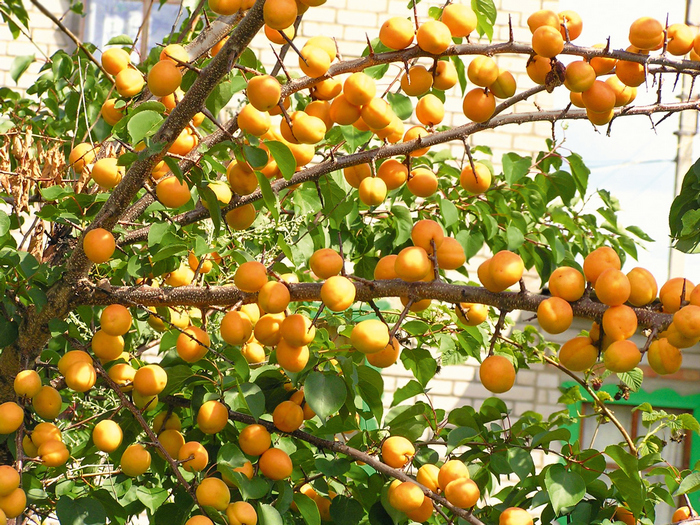
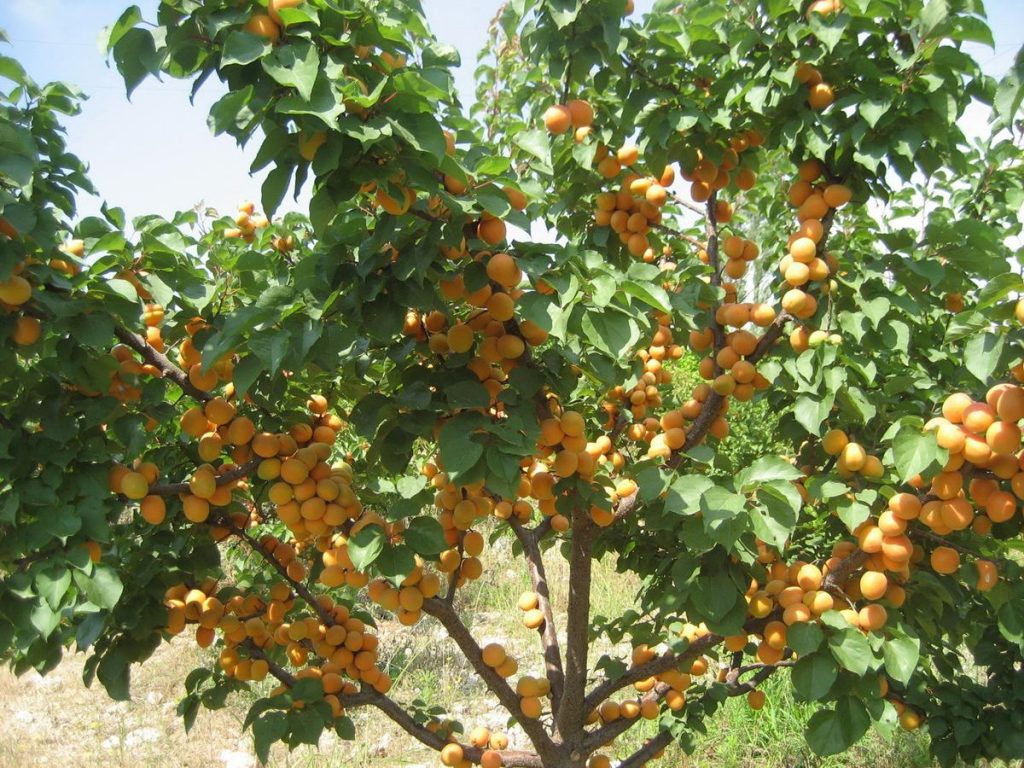
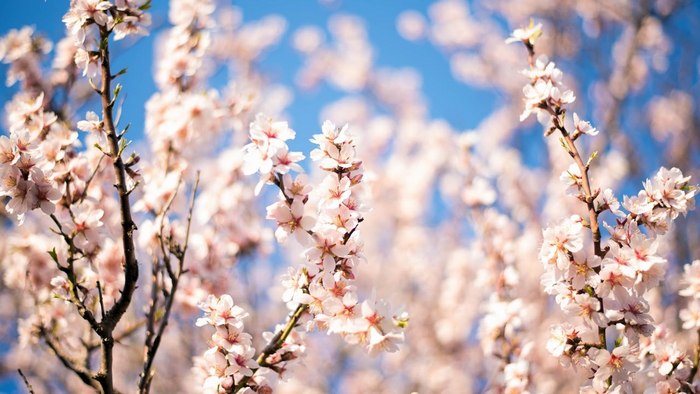
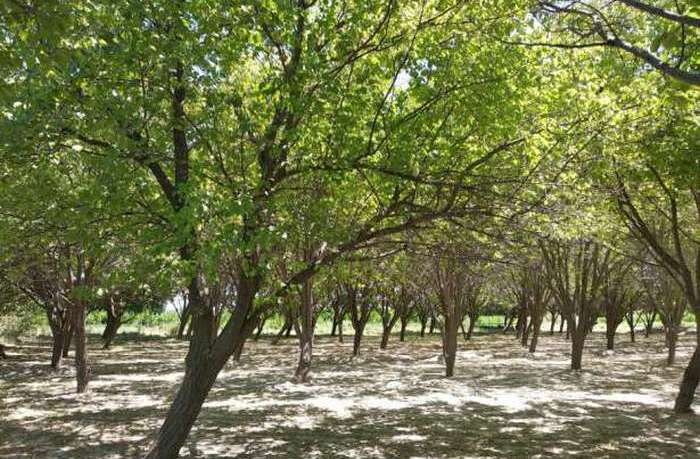
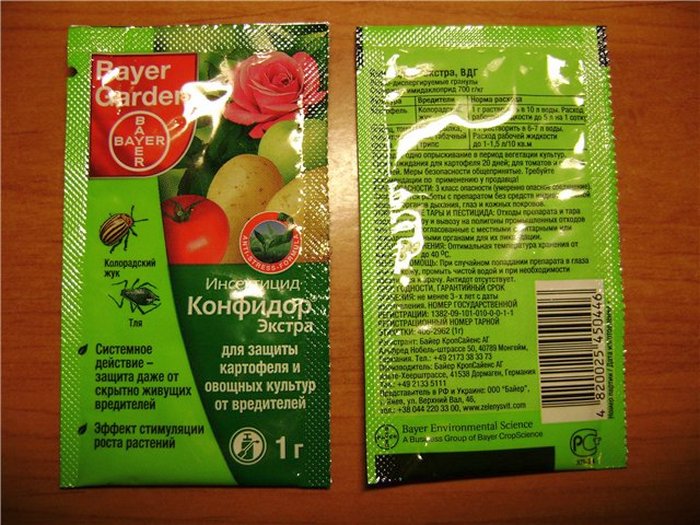


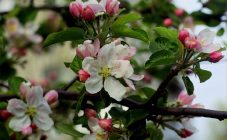

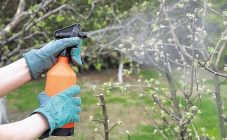
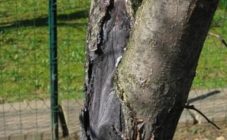







When planting the Obricot Sapling in the second year, many shoots appeared from the ground. (Branches) It looks like a big bush and not a tree. What to do, it will be a wild game or still cut off all the branches from the ground and leave one so that it looks like a tree. Will it bear fruit?